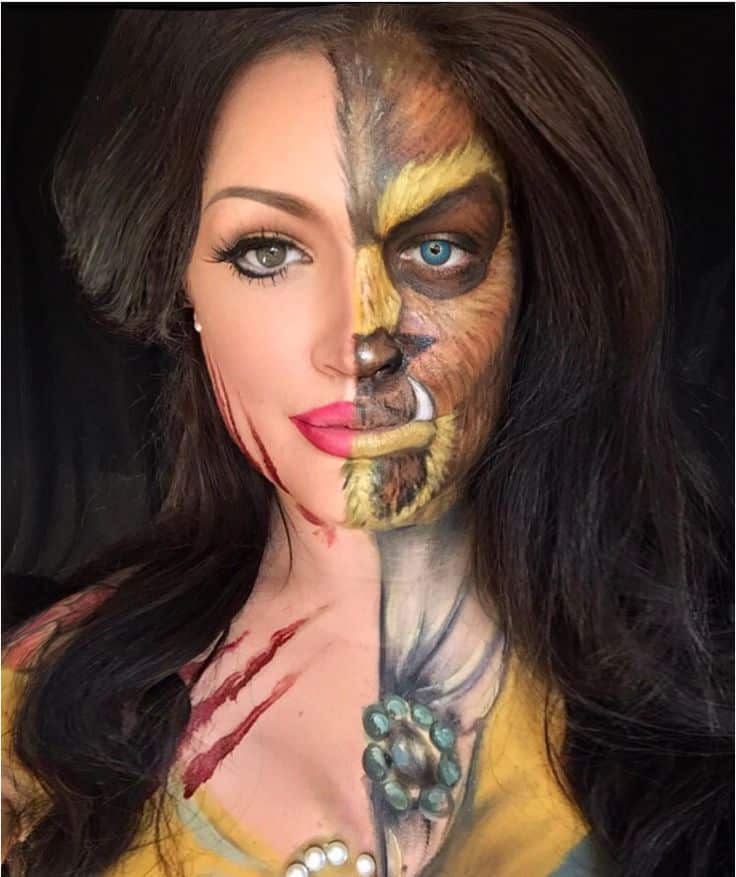

About Makeup
Makeup is an essential aspect of dance performances, serving various purposes that enhance both the dancer’s appearance and the overall impact of the performance. Here are some key reasons why makeup is important in dance:
Characterization and Storytelling: Makeup helps define and distinguish characters in a dance performance. It can convey specific traits, emotions, and identities, aiding in the storytelling process. For instance, makeup can transform a dancer into a mythical creature, a historical figure, or an abstract concept, making the narrative more vivid and understandable to the audience.
Enhancing Facial Expressions: Dance relies heavily on facial expressions to convey emotions and tell a story. Makeup enhances these expressions, making them more visible and impactful, especially from a distance. This ensures that the audience, regardless of their seating position, can see and interpret the emotions being portrayed.
Completing the Costume: Makeup complements the costumes and overall aesthetic of the performance. It helps create a cohesive look, ensuring that the dancer’s appearance is consistent with the theme, style, and period of the dance piece. The right makeup can elevate a costume, adding depth and dimension to the overall visual presentation.
Visibility Under Stage Lighting: Stage lighting can wash out facial features, making them appear flat and less distinct. Makeup counteracts this effect by defining features and adding contrast, ensuring that the dancers’ faces are visible and expressive under the bright lights. This is crucial for maintaining the visual clarity of the performance.
Professionalism and Attention to Detail: Well-applied makeup reflects a level of professionalism and attention to detail that is important in dance. It shows that the dancers and the production team are committed to presenting a polished and well-prepared performance.
Cultural and Traditional Significance: In many dance forms, makeup holds cultural and traditional significance. Classical dance styles such as Bharatanatyam, Kathak, or Chinese opera use specific makeup techniques that are integral to the art form. These traditional makeup styles are not only aesthetic but also carry cultural meanings and historical significance.
Creating a Transformative Experience: Makeup can transform a dancer’s appearance, allowing them to fully inhabit their role and immerse themselves in the character they are portraying. This transformation can enhance the dancer’s performance, making them feel more connected to the character and the story.
In summary, makeup is a vital component of dance performances that enhances characterization, facial expressions, costume aesthetics, visibility under stage lighting, professionalism, cultural significance, and the overall transformative experience for both the dancer and the audience.
